
Start Strong: How to Set Realistic Fitness Goals for Beginners
Today’s theme: How to Set Realistic Fitness Goals for Beginners. A friendly roadmap to help you begin with clarity, build confidence through small wins, and stay consistent without burning out. Subscribe for weekly beginner-friendly guidance and share your first goal with us!
Define Your Why: Motivation That Lasts
Find a Purpose You Can Feel
Ask what you want fitness to give your life beyond a number on a scale. Maya started because she wanted energy to play tag with her nephew after work, not to chase a trend. Emotional reasons outlast quick fixes and keep you returning on tough days.

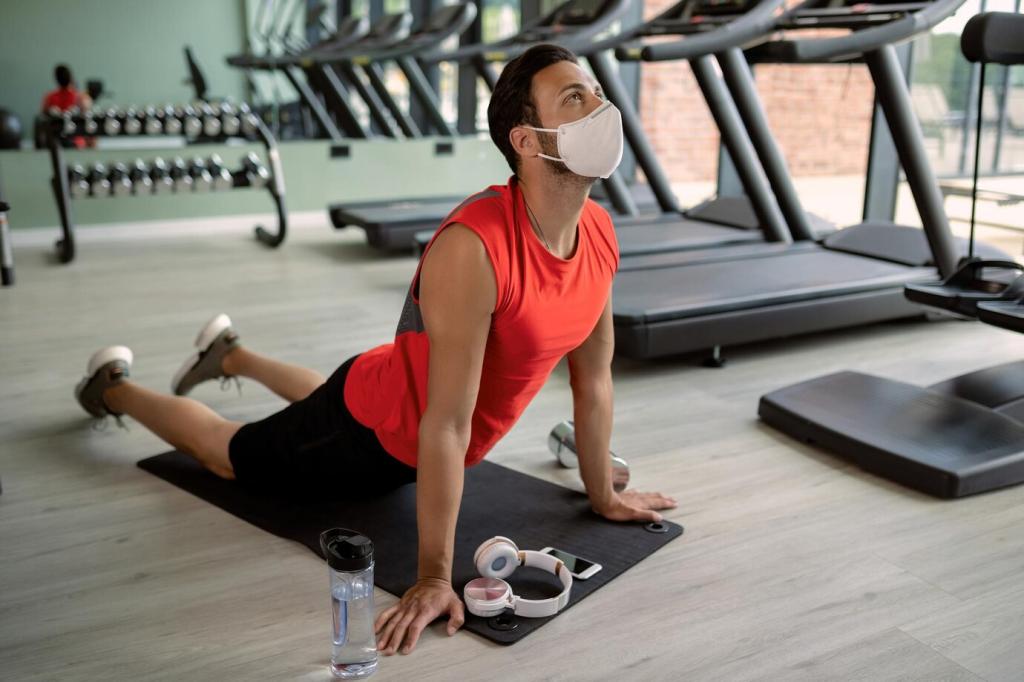
Outcome vs. Process Goals
Outcomes are the destination, like completing a 5K. Process goals are the path, like walking twenty minutes three times a week. Beginners thrive by prioritizing process because it builds momentum, proof of progress, and confidence one repeatable step at a time.
Start Small, Win Big: SMART Goals for Newcomers
Begin with one behavior, not five. For example: “I will walk fifteen minutes on Monday, Wednesday, and Friday after dinner.” Simple goals reduce decision fatigue, fit real life, and create reliable wins that help beginners feel capable right away.
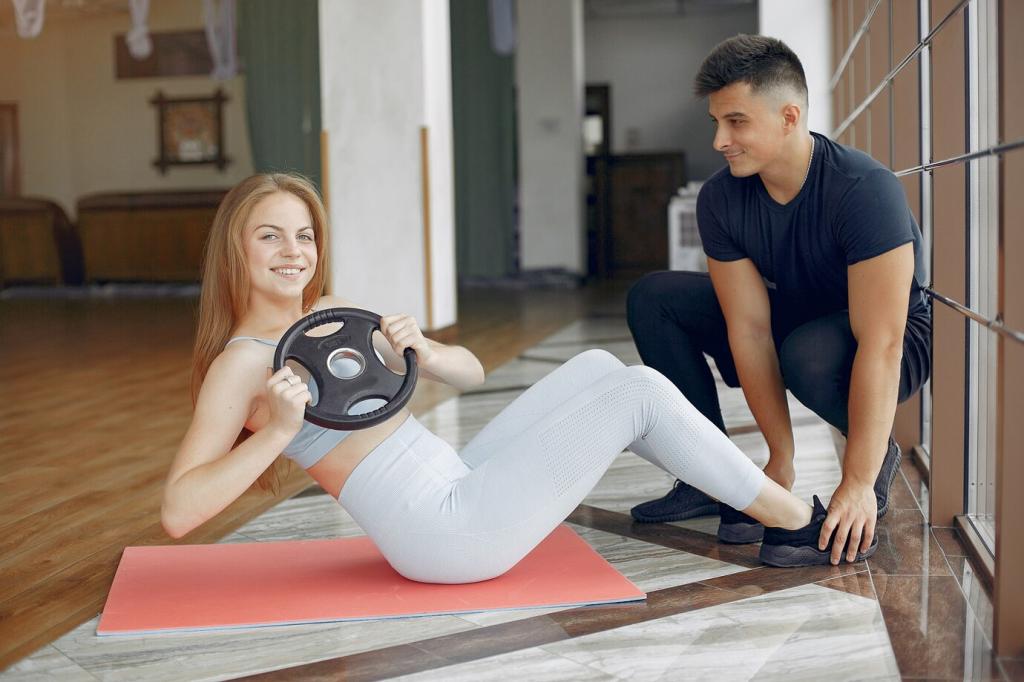
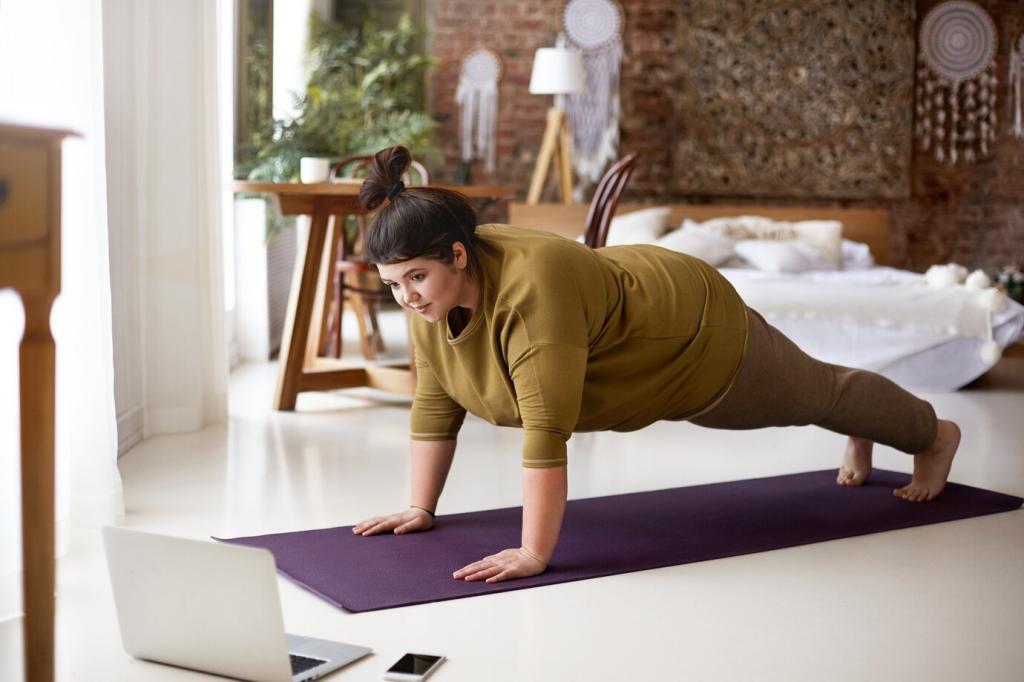
Simple Self-Assessment
Try a one-minute step test, a comfortable walk to note distance and breathing, or a talk test to gauge intensity. If you have health concerns, consult your doctor first. Honest baselines prevent discouragement and make improvements more visible and motivating.

Mobility and Strength Snapshot
Check how a bodyweight squat feels, whether you can do five wall push-ups, and if you can hold a gentle plank for ten to twenty seconds. These checkpoints help beginners choose realistic progressions and celebrate functional changes beyond the mirror.
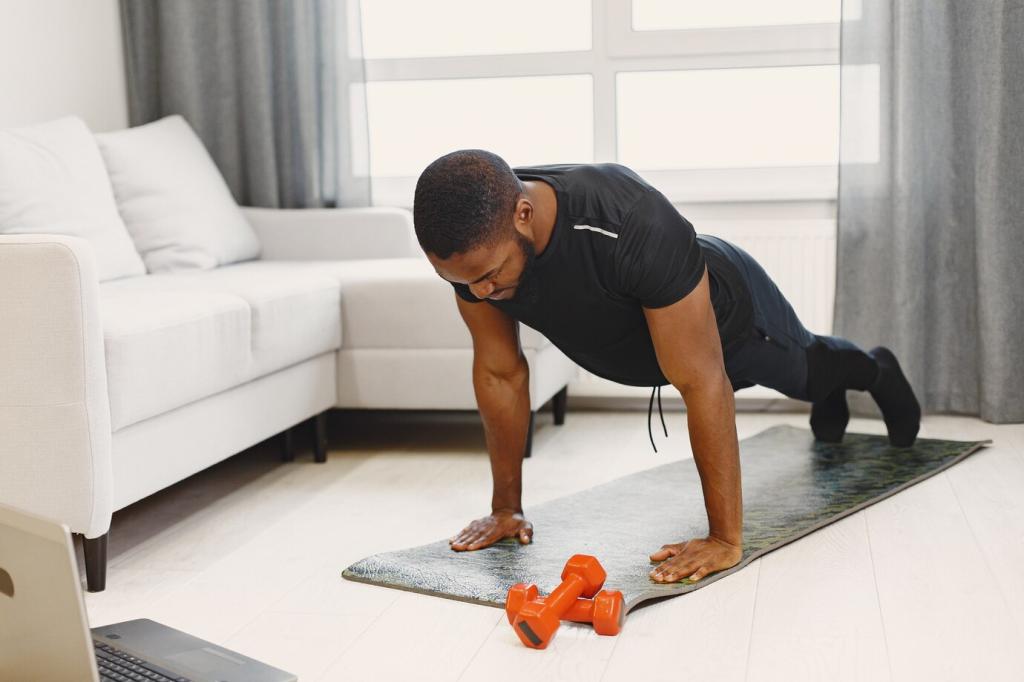
Record and Revisit
Write today’s numbers and sensations in a simple log. Return in two to four weeks to compare. Seeing that stairs feel easier or that your breathing recovers faster is powerful proof. Share your baseline in the comments and encourage another beginner to start.
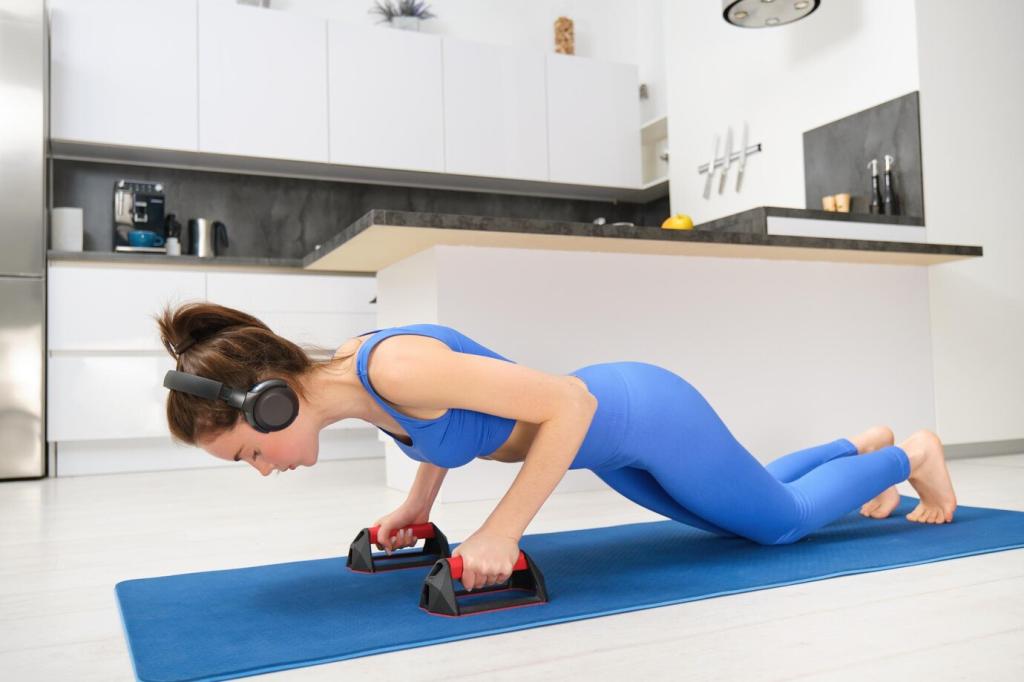
Build a Beginner-Friendly Plan
Try this: two walks, one light full-body strength session, and one mobility session, plus two rest days. Sessions can be ten to twenty minutes. Consistency beats hero workouts. If energy dips, shorten time rather than skipping, and check in with your why.
Track Progress Without Obsession
Climbing stairs without stopping, waking with better energy, or finishing a walk with a smile are powerful markers. Sam, a reader, cared less about pounds and more about playing backyard soccer again—and those moments told him his plan was working.
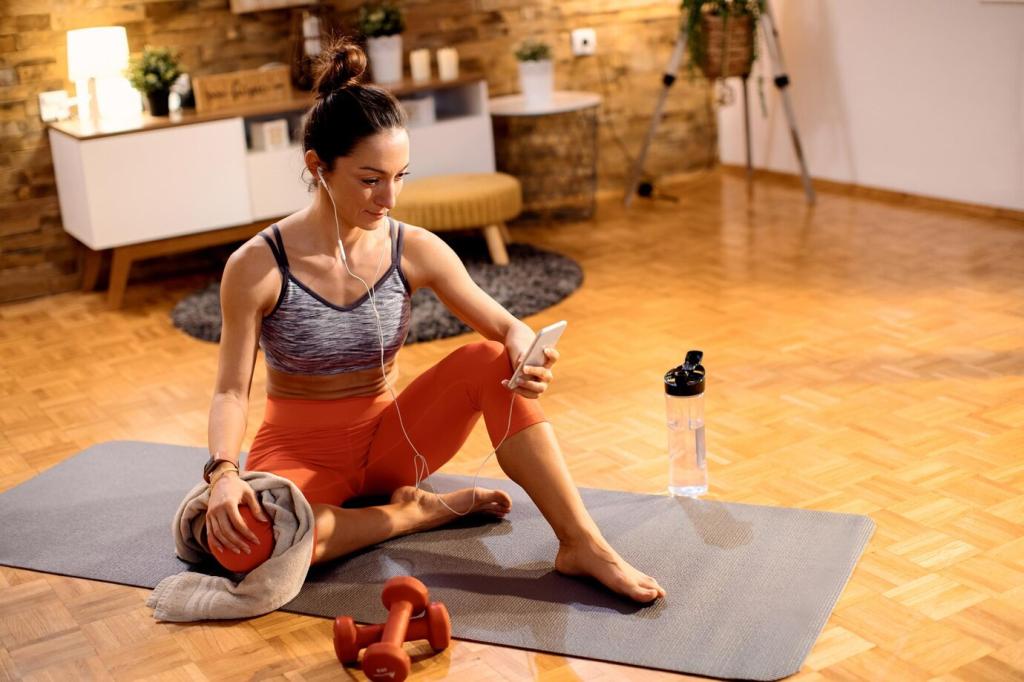
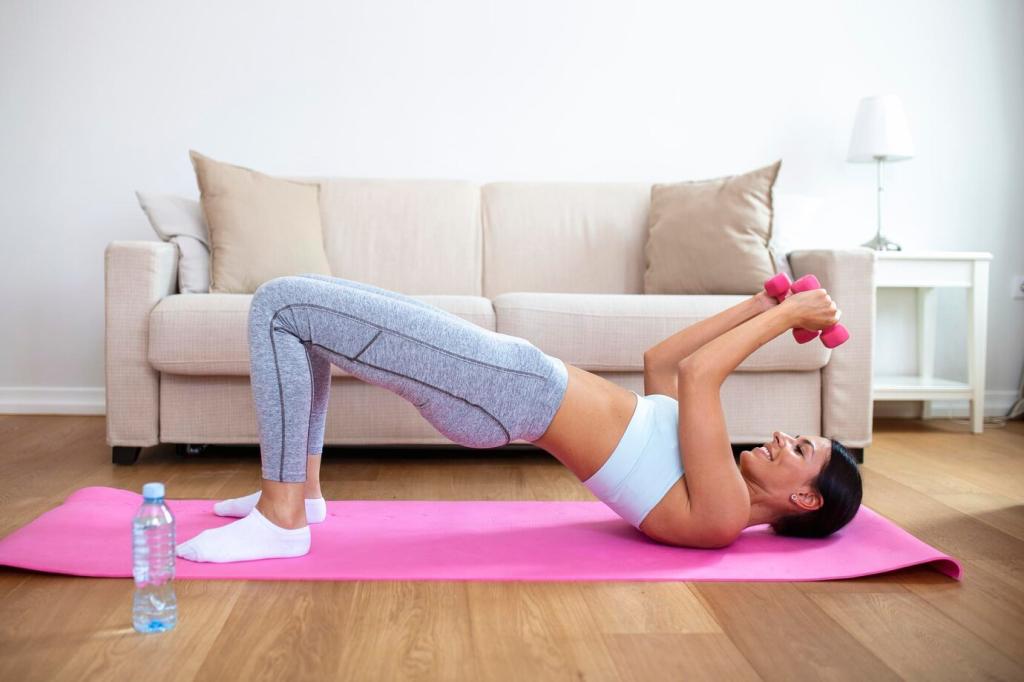
Track Progress Without Obsession
Date, activity, minutes, intensity, and one sentence about how you felt—that’s enough. Keep it in your phone or on the fridge. Consistency in logging beats fancy tools, turning your growth into a story you can see and believe.
Overcoming Common Beginner Roadblocks
Use ten-minute micro-workouts: two sets of wall push-ups, chair squats, and marching in place. Stack them between meetings or before a shower. Busy seasons happen; your goal is to keep the flame alive, not to chase perfection that burns you out.
Overcoming Common Beginner Roadblocks
Build commitment devices: schedule workouts like appointments, prepare clothes the night before, or text a buddy your plan. On low-motivation days, do five minutes and stop. Beginners who master this skill build trust and stay consistent long term.
Overcoming Common Beginner Roadblocks
Mild soreness is normal; sharp pain is a stop sign. Scale intensity, add an extra rest day, or try a deload week. Treat setbacks as data, not drama. Share your challenge below, and we’ll suggest beginner-safe adjustments to keep you moving forward.

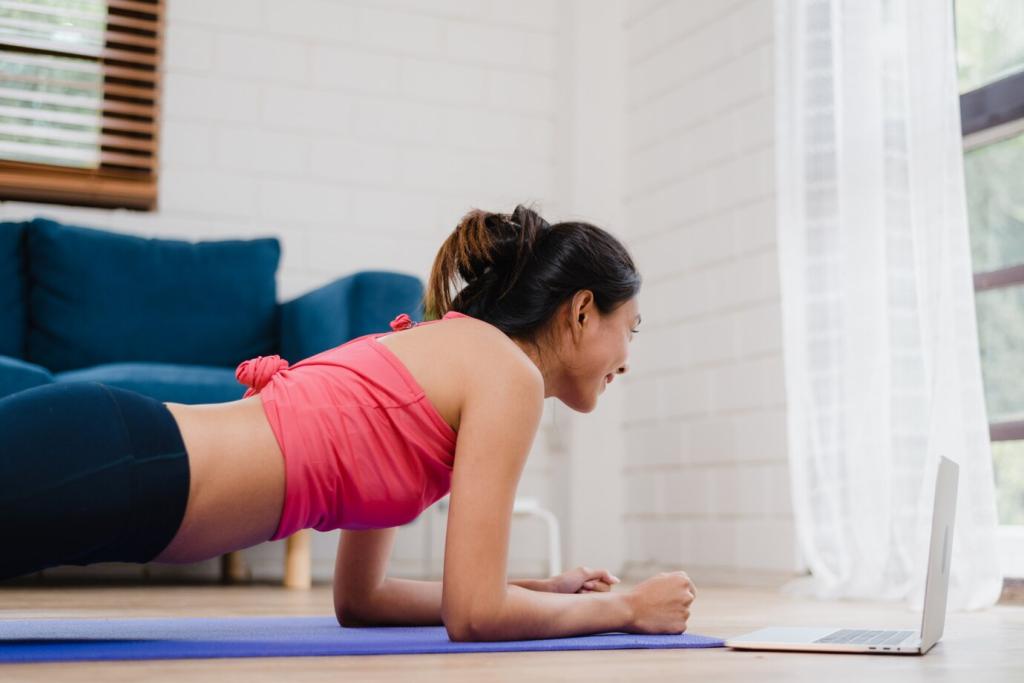
Safe Progression and When to Level Up
Increase total volume or time by roughly ten percent per week, not more. For walkers, add a few minutes or a small hill. For strength, add one rep or another set, not everything at once. Patience prevents injury and preserves motivation for beginners.
Safe Progression and When to Level Up
Every four weeks, recheck your baseline and rewrite one SMART goal. Maybe your fifteen-minute walk becomes twenty, or wall push-ups become countertop push-ups. This cycle keeps goals realistic and exciting, meeting beginners exactly where they are today.
